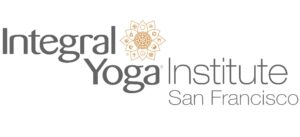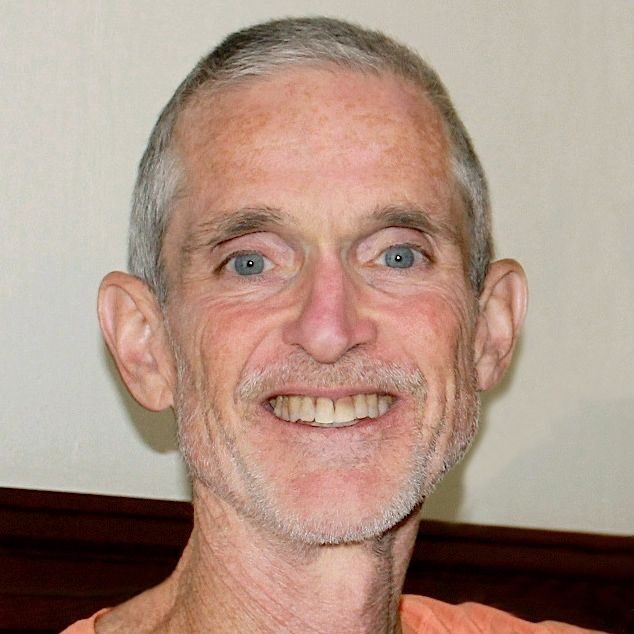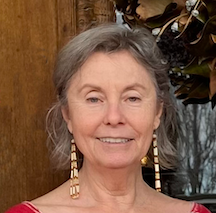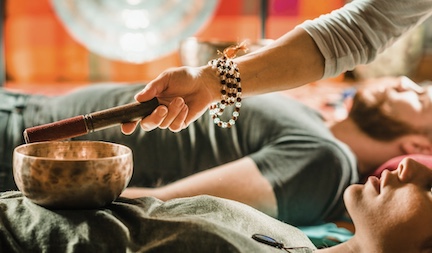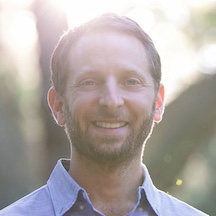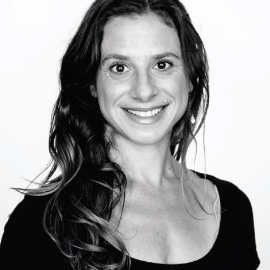Exploring the Yoga Sutras: A Journey to Inner Wisdom
by Kealoha DeLuz PhD
For over three decades, I’ve been on a path of self-discovery through alternative healthcare. It all began in the challenging 1980s, when I lost many loved ones. This period of hardship sent me searching for meaning, and that’s how I found the Yoga Sutras of Patanjali.
The word “sutra” means “thread,” and these ancient teachings weave together the fabric of our lives. More than just a philosophy, the Yoga Sutras are like an operating system for the soul. They’re a treasure map guiding us towards inner peace and a sense of belonging, especially during difficult times.
Here are some questions to consider on our journey together:
- How can we study the Yoga Sutras? The Sutras themselves are like a book with four chapters, each one requiring focus to truly understand. Each chapter unveils a layer of wisdom, like interconnected threads, leading us toward self-realization.
- What are the benefits of the Yoga Sutras beyond inner peace? In addition to inner peace, the Yoga Sutras offer a profound exploration of consciousness, self-awareness, and the path to liberation.
- How are the Yoga Sutras different from religious teachings? Unlike religions with strict doctrines and rituals, the Yoga Sutras go beyond those boundaries. They touch the core of who we are, emphasizing a spiritual journey over rigid rules.
Whichever approach you choose, mindful study is key. Let the wisdom of the Sutras seep into your being, allowing it to awaken your inner spirit. The Yoga Sutras are not just a religious text; they’re a spiritual guide that transcends cultures and time.
So, let us weave together the threads of life, studying mindfully, and awakening the spirit within. As we explore these timeless teachings, may we find clarity, purpose, and peace—even amidst life’s chaos.
Join Kealoha for his 3-part series – Scripture study: Unlocking Inner Peace with 8 Limbs of Yoga. Each session is offered individually:
• Monday, April 29 | 6:00-7:00 pm
• Monday, May 6 | 6:00-7:00 pm
• Monday, May 13 | 6:00-7:00 pm
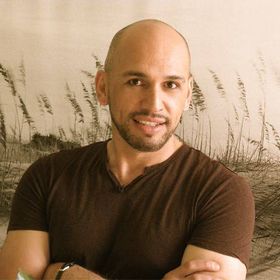 Kealoha Deluz has been a holistic health practitioner for 30 years, holds a Master of Divinity, Ph.D. in Holistic Studies, and is currently working towards a degree in transpersonal counseling. He has been an Integral Yoga Teacher since 2006 and is a Raja Yoga trainer, advanced level Hatha Yoga, meditation and stress management instructor. Kealoha is a licensed massage therapist, skin care practitioner, and holistic life coach. Kealoha Born and raised on the Big Island of Hawaii, and currently lives and works in San Francisco, California.
Kealoha Deluz has been a holistic health practitioner for 30 years, holds a Master of Divinity, Ph.D. in Holistic Studies, and is currently working towards a degree in transpersonal counseling. He has been an Integral Yoga Teacher since 2006 and is a Raja Yoga trainer, advanced level Hatha Yoga, meditation and stress management instructor. Kealoha is a licensed massage therapist, skin care practitioner, and holistic life coach. Kealoha Born and raised on the Big Island of Hawaii, and currently lives and works in San Francisco, California.